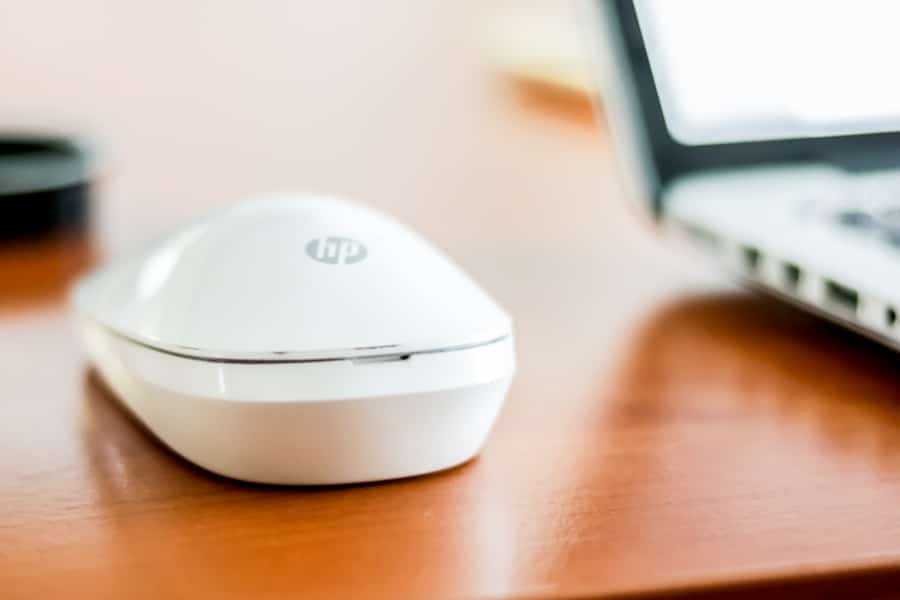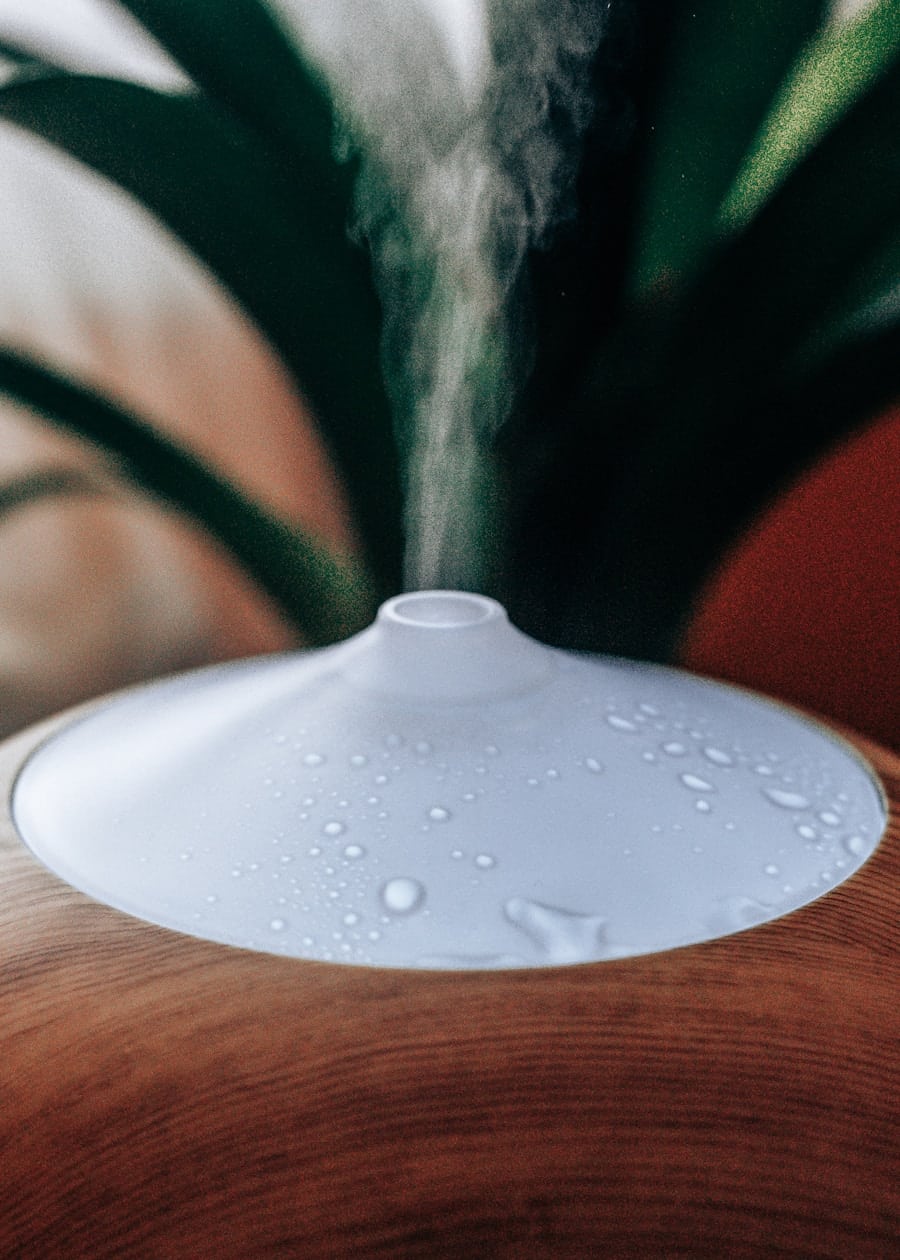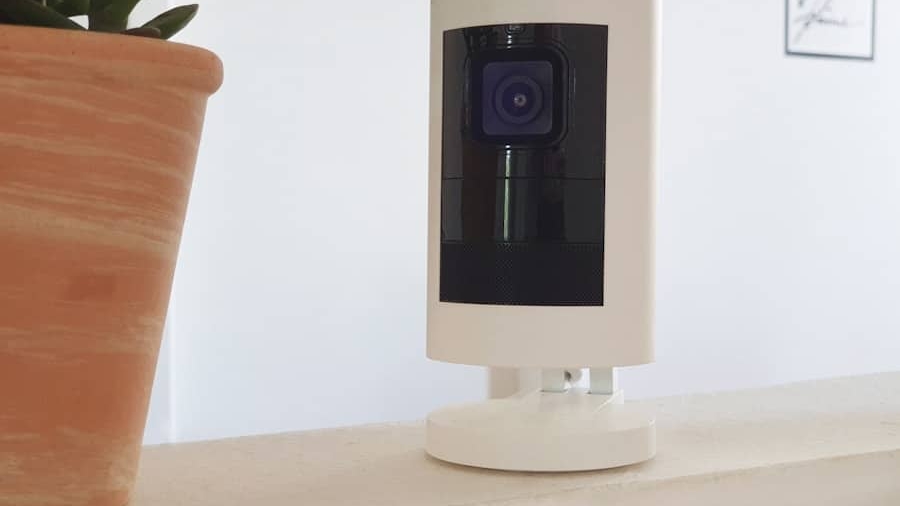Air quality is a critical aspect of our environment that directly impacts health and well-being. Poor air quality can lead to a myriad of health issues, including respiratory diseases, cardiovascular problems, and even cognitive decline. The World Health Organization (WHO) has reported that air pollution is responsible for millions of premature deaths each year, underscoring the urgency of monitoring and improving air quality.
In indoor environments, where people spend a significant portion of their time, pollutants such as volatile organic compounds (VOCs), particulate matter, and carbon dioxide can accumulate, leading to adverse health effects. Understanding the importance of monitoring air quality is essential for creating a safe and healthy living space. Monitoring air quality allows individuals to identify potential hazards and take proactive measures to mitigate them.
For instance, by tracking levels of indoor pollutants, homeowners can pinpoint sources of contamination, such as mold, dust, or chemical emissions from household products. This awareness empowers individuals to make informed decisions about ventilation, cleaning practices, and the use of air purifiers. Furthermore, real-time data on air quality can help residents understand how their daily activities—like cooking or using certain cleaning agents—affect their indoor environment.
By prioritizing air quality monitoring, individuals can significantly enhance their overall health and comfort.
Key Takeaways
- Monitoring air quality is important for maintaining a healthy home environment and preventing health issues.
- Choose smart sensors that are accurate, reliable, and compatible with your smart home system.
- Place smart sensors in key areas of your home such as the living room, bedroom, kitchen, and near sources of pollution.
- Interpret the data collected by smart sensors to identify trends and potential air quality issues.
- Take action to improve air quality based on sensor readings by adjusting ventilation, using air purifiers, or eliminating sources of pollution.
Choosing the Right Smart Sensors for Your Home
When it comes to selecting smart sensors for monitoring air quality in your home, it is crucial to consider various factors that influence their effectiveness and reliability.
For instance, some sensors focus on particulate matter (PM2.5 and PM10), while others may measure gases like carbon dioxide (CO2), carbon monoxide (CO), or VOCs.
Understanding the specific pollutants that are most relevant to your living environment will guide you in choosing the right devices. In addition to pollutant detection capabilities, the accuracy and sensitivity of the sensors are paramount. High-quality sensors provide precise readings that can be trusted for making health-related decisions.
Look for devices that have been tested and certified by reputable organizations, as this can be an indicator of their reliability. Moreover, consider the connectivity features of the sensors; many modern devices offer Wi-Fi or Bluetooth capabilities that allow for seamless integration with smartphones or smart home systems. This connectivity not only enhances user experience but also enables remote monitoring and alerts, ensuring that you stay informed about your indoor air quality at all times.
Placing Smart Sensors in Key Areas of Your Home

The placement of smart sensors is a critical factor in obtaining accurate and representative data about indoor air quality. To maximize their effectiveness, it is essential to strategically position these devices in areas where air quality issues are most likely to arise. Common locations include bedrooms, living rooms, kitchens, and basements.
In bedrooms, for example, sensors can help monitor CO2 levels that may rise during sleep due to inadequate ventilation. In kitchens, where cooking can release various pollutants, placing a sensor nearby can provide insights into how cooking habits affect air quality. Additionally, it is important to consider airflow patterns when placing sensors.
Avoid positioning them near windows or doors where outdoor air may skew readings. Instead, place them in central locations within each room to capture a more accurate representation of the overall air quality. If your home has multiple levels or distinct areas with varying usage patterns, consider installing multiple sensors to ensure comprehensive coverage.
This approach allows for a more nuanced understanding of how different spaces within your home contribute to overall air quality. For more information on indoor air quality and smart sensor placement, you can visit EPA’s Introduction to Indoor Air Quality.
Interpreting the Data Collected by Smart Sensors
Once smart sensors are installed and operational, the next step involves interpreting the data they collect. Most smart sensors come equipped with user-friendly interfaces or mobile applications that display real-time readings in an easily digestible format. Common metrics include levels of particulate matter, CO2 concentrations, humidity percentages, and temperature readings.
Understanding these metrics is crucial for assessing the overall health of your indoor environment. For instance, elevated levels of CO2 can indicate poor ventilation and may lead to feelings of fatigue or drowsiness among occupants. Similarly, high humidity levels can promote mold growth and dust mite proliferation, which can exacerbate allergies and respiratory issues.
By regularly monitoring these readings, homeowners can identify trends over time and correlate them with specific activities or changes in the environment. This data-driven approach enables individuals to make informed decisions about when to ventilate their homes or utilize air purification systems effectively.
Taking Action to Improve Air Quality Based on Sensor Readings
Interpreting data from smart sensors is only the first step; taking action based on these readings is essential for improving indoor air quality. When sensor data indicates elevated levels of pollutants or unfavorable environmental conditions, homeowners should implement strategies to address these issues promptly. For example, if particulate matter levels are high due to cooking or cleaning activities, increasing ventilation by opening windows or using exhaust fans can help disperse contaminants.
In cases where persistent issues are detected—such as consistently high humidity levels—more targeted interventions may be necessary. This could involve using dehumidifiers to reduce moisture in the air or investing in air purifiers equipped with HEPA filters to capture airborne particles effectively. Additionally, regular cleaning practices should be adopted to minimize dust accumulation and reduce VOC emissions from household products.
By taking proactive measures based on sensor readings, individuals can create a healthier indoor environment that supports overall well-being.
Integrating Smart Sensors with Smart Home Systems

The integration of smart sensors with broader smart home systems offers numerous advantages for managing indoor air quality more effectively. Many modern smart home platforms allow users to connect various devices—such as thermostats, air purifiers, and ventilation systems—creating a cohesive ecosystem that responds intelligently to changing conditions. For instance, if a smart sensor detects elevated CO2 levels in a room, it can automatically trigger an HVAC system to increase ventilation or activate an air purifier to improve air quality.
Moreover, integration enhances user convenience by enabling centralized control through a single interface or mobile application. Homeowners can set up automated routines based on sensor data; for example, they might schedule air purifiers to run during peak pollution times or adjust thermostat settings based on humidity levels detected by sensors. This level of automation not only simplifies daily management but also ensures that air quality remains optimal without requiring constant manual intervention.
Maintaining and Calibrating Smart Sensors for Accurate Readings
To ensure that smart sensors provide accurate and reliable readings over time, regular maintenance and calibration are essential practices that should not be overlooked. Dust accumulation on sensor surfaces can interfere with their ability to detect pollutants accurately; therefore, periodic cleaning is necessary to maintain optimal performance. Most manufacturers provide guidelines on how often sensors should be cleaned and what methods are appropriate for different types of devices.
Calibration is another critical aspect of sensor maintenance that helps ensure accuracy in readings. Some sensors may require recalibration after a certain period or when moved to a new location within the home. This process typically involves following specific instructions provided by the manufacturer to reset the device’s baseline measurements accurately.
By adhering to maintenance schedules and calibration protocols, homeowners can trust that their smart sensors will deliver consistent and precise data regarding indoor air quality.
Utilizing Smart Sensor Data to Create a Healthy Home Environment
The ultimate goal of monitoring indoor air quality through smart sensors is to create a healthy home environment conducive to well-being and comfort. By leveraging the data collected from these devices, homeowners can make informed decisions about their living spaces that promote better health outcomes. For instance, if sensor readings indicate high levels of VOCs due to off-gassing from furniture or paint, individuals can take steps to improve ventilation or choose low-VOC products in future purchases.
Furthermore, understanding patterns in air quality data allows homeowners to anticipate potential issues before they escalate into significant problems. For example, if humidity levels consistently rise during certain seasons or after specific activities like showering or cooking, proactive measures such as using exhaust fans or dehumidifiers can be implemented preemptively. This proactive approach not only enhances comfort but also reduces the risk of long-term health issues associated with poor indoor air quality.
In conclusion, the integration of smart sensors into home environments represents a significant advancement in our ability to monitor and improve indoor air quality effectively. By understanding their importance, choosing appropriate devices, strategically placing them throughout the home, interpreting data accurately, taking action based on readings, integrating with smart home systems, maintaining them properly, and utilizing the insights gained from sensor data, individuals can create healthier living spaces that support overall well-being and enhance quality of life.
If you’re interested in improving the air quality in your home, you may also want to check out Enicomp‘s article on the top trends in e-commerce business. Understanding the latest trends in e-commerce can help you make informed decisions when purchasing smart sensors or other products to monitor air quality. Additionally, Enicomp’s article on the ultimate collection of 2023’s best Notion templates for students could provide valuable resources for organizing and tracking air quality data in your home.
FAQs
What are smart sensors for monitoring air quality in the home?
Smart sensors for monitoring air quality in the home are devices that can detect and measure various pollutants and particles in the air, such as volatile organic compounds (VOCs), carbon dioxide, particulate matter, and more. These sensors can provide real-time data on air quality levels and can be connected to smart home systems for easy monitoring and control.
How do smart sensors for air quality monitoring work?
Smart sensors for air quality monitoring work by using various technologies to detect and measure different pollutants and particles in the air. These technologies may include optical sensors, electrochemical sensors, and laser-based sensors, among others. The sensors then transmit the data they collect to a central hub or smart home system, where it can be accessed and analyzed by the user.
What are the benefits of using smart sensors to monitor air quality in the home?
Using smart sensors to monitor air quality in the home can provide several benefits, including the ability to track and analyze air quality levels in real time, receive alerts and notifications about air quality issues, and make informed decisions about improving indoor air quality. Smart sensors can also help users identify sources of indoor air pollution and take steps to mitigate them.
How can smart sensors help improve indoor air quality?
Smart sensors can help improve indoor air quality by providing real-time data on air quality levels, which can help users identify and address sources of indoor air pollution. By monitoring air quality with smart sensors, users can take steps to reduce exposure to pollutants, adjust ventilation systems, and make changes to their indoor environment to improve overall air quality.
What are some popular smart sensors for monitoring air quality in the home?
Some popular smart sensors for monitoring air quality in the home include the Awair Element, the Airthings Wave Plus, the Foobot Indoor Air Quality Monitor, and the Eve Room. These devices offer a range of features, including the ability to measure various pollutants and particles, provide real-time data, and integrate with smart home systems for easy monitoring and control.

